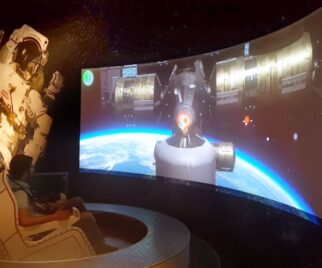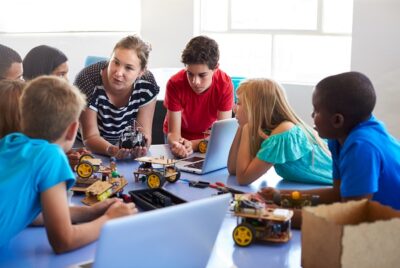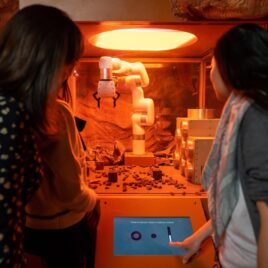In the realm of museums and science centers, the true measure of success lies not just in the allure of interactive exhibits but in the knowledge imprinted on the minds of visitors. The assessment and evaluation of learning outcomes provide a captivating lens through which institutions can gauge the efficacy of their educational endeavors. Join us as we unveil the methodologies, insights, and significance of measuring the impact of interactive exhibits on the learning journey of visitors.
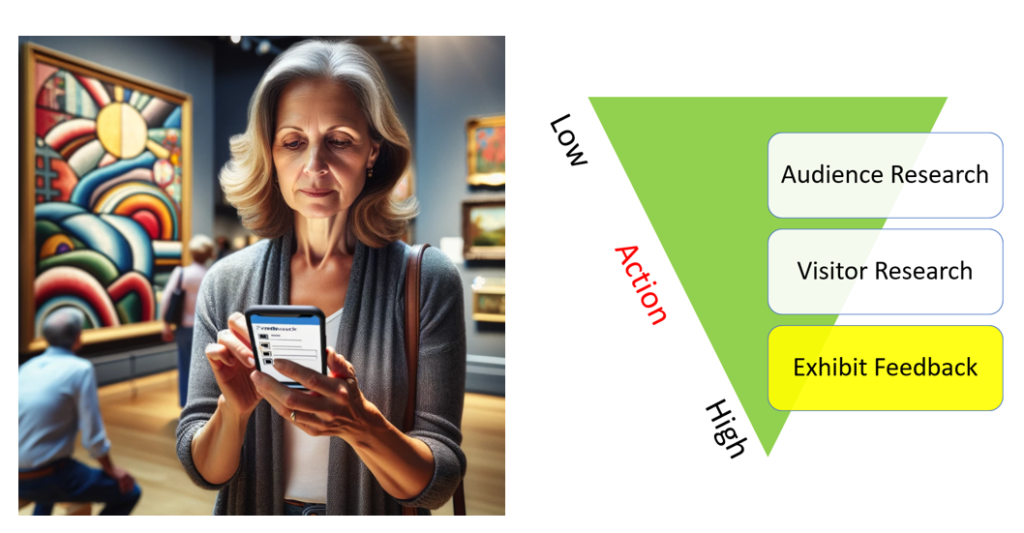
1. Defining Learning Objectives
Clarity in Educational Goals: Before diving into assessment strategies, define clear learning objectives for each interactive exhibit. Understand what knowledge, skills, or insights you intend visitors to gain from their engagement.
Aligning with Curricula: If applicable, align learning objectives with educational curricula. This ensures that the content presented in interactive exhibits complements and reinforces classroom learning.
2. Interactive Assessment Tools
Pre- and Post-Visit Surveys: Administer pre-visit surveys to gauge visitors’ existing knowledge on the exhibit’s topic. Follow up with post-visit surveys to assess what they learned, allowing for a comparison that highlights the educational impact.
Interactive Quizzes: Incorporate interactive quizzes within exhibits to assess visitors’ understanding. Real-time feedback or rewards for correct answers add an element of engagement to the assessment process.
3. Observational Assessment
Visitor Behavior Analysis: Observe visitor behavior during and after engagement with interactive exhibits. Note patterns such as extended exploration, repeated interactions, or discussions with peers, as these indicate deeper engagement and potential learning.
Facilitator Feedback: If guided tours or facilitators are present, seek their feedback on visitors’ responses and interactions. Facilitators can provide valuable insights into the depth of understanding exhibited by visitors.
4. Incorporating Technology for Analysis
Data Analytics: Leverage data analytics tools to track visitor interactions with exhibits. Analyzing patterns of engagement, time spent on each interactive element, and navigation routes offers quantitative insights into learning outcomes.
Heatmaps: Use heatmaps to visually represent areas of the exhibit that attract the most attention. This visual tool helps identify popular interactive elements and provides a basis for evaluating learning engagement.
5. Post-Visit Reflections
Visitor Journals: Encourage visitors to maintain journals or digital reflections after their visit. These reflections can provide qualitative data on the impact of the exhibit on their understanding, connecting emotional experiences with educational outcomes.
Open-Ended Feedback: Include open-ended questions in post-visit surveys to gather qualitative feedback on the most memorable or impactful aspects of the interactive exhibits. This qualitative data adds depth to the assessment.
6. Long-Term Knowledge Retention
Follow-up Assessments: Conduct follow-up assessments weeks or months after the visit to evaluate long-term knowledge retention. This approach offers insights into the sustainability of the learning outcomes achieved through interactive exhibits.
Comparison with Control Groups: If feasible, compare the learning outcomes of visitors with those who did not engage with the exhibit. This helps isolate the impact of interactive elements on knowledge acquisition.
7. Continuous Iteration and Improvement
Feedback Integration: Use assessment results to inform continuous improvement. Integrate visitor feedback and assessment findings into the development of new exhibits or the refinement of existing ones.
Iterative Design: Embrace an iterative design approach for interactive exhibits, where assessment data guides modifications to enhance educational impact. This ensures that exhibits evolve to meet changing educational needs.
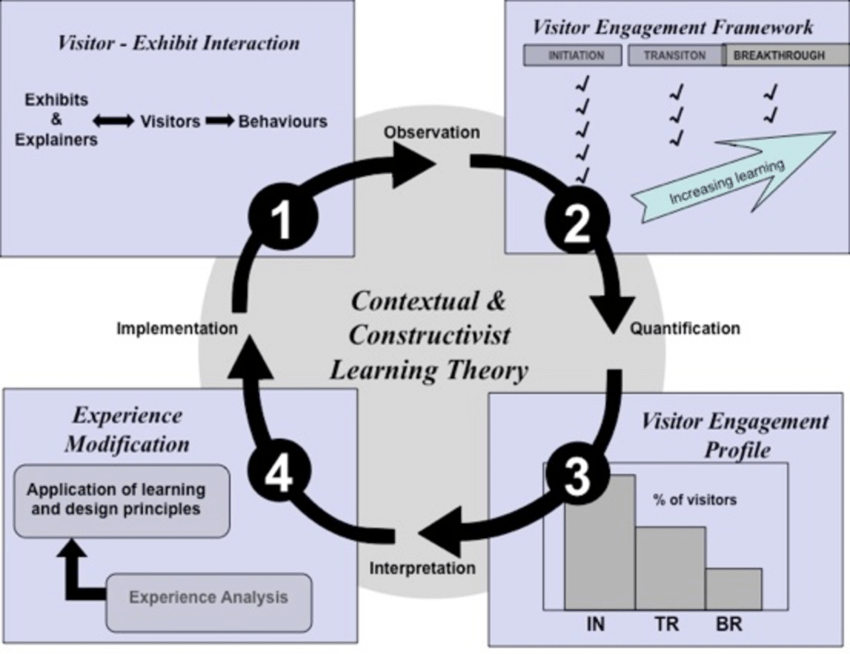
Empowering Minds Through Evaluation
The assessment and evaluation of learning outcomes after engaging with interactive exhibits represent a commitment to the educational mission of museums and science centers. By employing diverse tools and methodologies, institutions can unlock valuable insights into the effectiveness of their exhibits as educational tools. As we unveil the knowledge gained, we also embark on a journey of continuous improvement, ensuring that each interactive exhibit empowers minds and leaves an indelible mark on the educational landscape.


